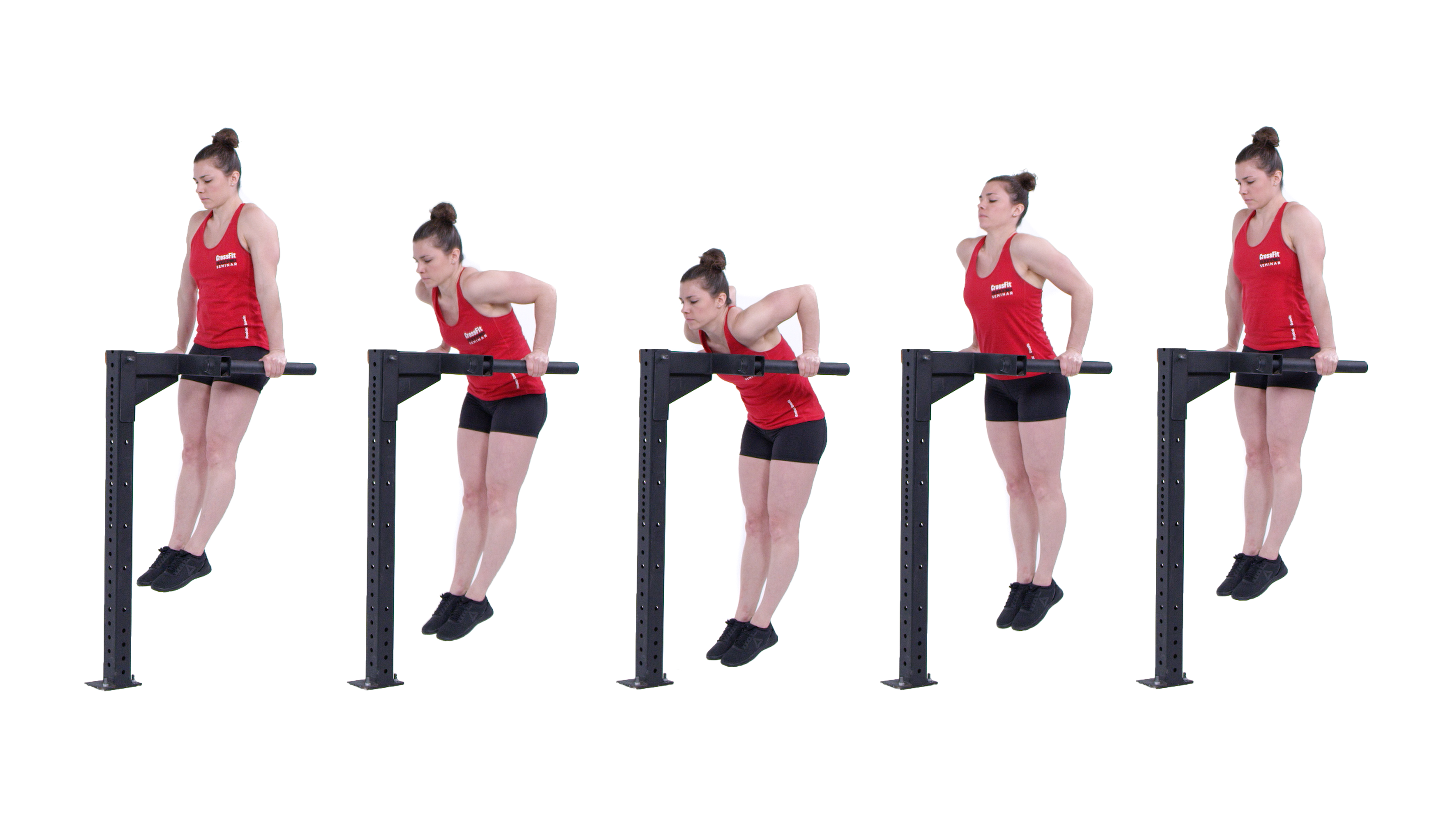Calisthenics
What is Calisthenics?

Calisthenics is a form of physical training focused on teaching you to master your own bodyweight using minimal equipment.
The word comes from the Greek, Kalos and Sthenos meaning ‘Beauty’ and
‘Strength’. It is the art and science of beautiful movement.
Calisthenics is the complete package. Body and mind working together to
the perfect symphony of mobility, stability, strength and play. Here is
some information about the benefits of exploring your potential through
bodyweight training.
What Research Says about Calisthenics
Science has concluded that there are real benefits to be had from training calisthenics. The 2017 study, ‘The effects of a calisthenics training intervention on posture, strength and body composition’, by scientists from the Sport and Exercise Sciences research unit at the University of Palermo, Italy, found that calisthenics training is a “effective training solution to improve posture, strength and body composition without the use of any major training equipment”.
Health
Bodyweight training represents exercise in its most natural form and
combines strength training and basic gymnastic movements that can be
done anywhere.
It’s true that there is beauty in simplicity and calisthenics has been
tried and tested over millennia leaving no doubt that it delivers
exceptional results in all facets; movement, strength and aesthetics.
Whilst the latter is a consideration at the School of Calisthenics we
encourage people to focus on what your body can do rather than just what
it looks like.
Calisthenics is about more than just getting strong and taking cool
photos. Your brain is a muscle that needs flexing as well and training
it with progressively challenging movements is a great way to keep it
sharp.
Example exercises
-
Pull Ups
Stand facing an exercise bar. Grasp the bar from the top with your arms slightly more than shoulder-width apart. Use your shoulder muscles to pull you up, bringing your head up over the bar.
- Chin Ups
- Push Ups
- Dips
- Squats
- Crunches






This page was built by Jagoda Sadowska